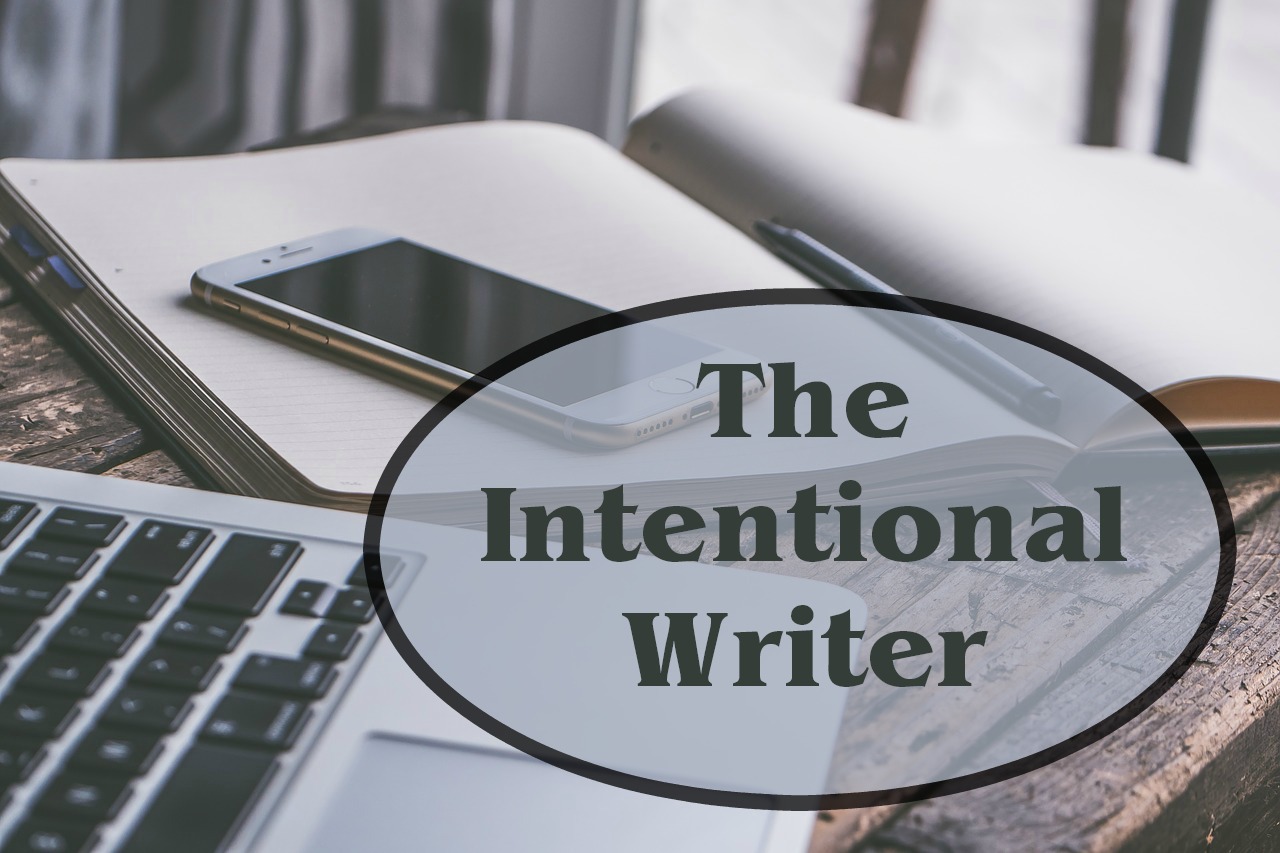As writers, we are concerned about protecting our work from theft or misuse. That is why we should have a general understanding of copyright laws.
DISCLAIMER: I am not a lawyer. This post is intended as a guide to understanding the basics of this topic. If you have actual copyright questions, please contact an expert.
What is a copyright?
According to the Wikipedia entry for Copyright:
Copyright is a type of intellectual property that gives its owner the exclusive right to make copies of a creative work, usually for a limited time. The creative work may be in a literary, artistic, educational, or musical form.
(Although lengthy, this article provides a good foundation for understanding what the concept of copyright is all about. I recommend you take a look.)
Do I need to apply for a copyright to protect my work?
No. Under current law, as soon as a creative work is “fixed”, or recorded in some tangible way, then copyright protection is automatically in force. Therefore as soon as you write your ideas down or type them on your computer, they are theoretically protected. Authors do not need to apply for a copyright or include a copyright notation on their work. (An older version of the law did require authors to include a copyright notation.)
However, an author’s protection is enhanced when the work is officially registered with the Copyright Office. This can be done online at copyright.gov, but it requires a fee.
Note: A registered copyright only protects the copy you registered. Therefore it makes no sense to apply for copyrights for unfinished works.
What constitutes copyright infringement?
This is where many of us may run into problems. We know better than to plagiarize another author’s writing, but what about grabbing a photo off the web to use in our blog, or borrowing a song to use in a video?
Like writing, other forms of intellectual property are protected by copyright laws. Artwork, photos, music, videos, and performances are considered copyrighted. Which means we don’t have permission to use them unless that permission has been granted by the owner.
How can I use copyrighted material?
- You can contact the owner and ask for permission.
- You can purchase the rights, such as buying a stock photo.
- The law makes an exception for fair use. (See below.)
- Also, some material has been assigned a Creative Commons license. This is a standardized way for copyright owners to grant permission for others to use their work. (See below.)
What is fair use?
The Copyright Act of 1976 allows for limited copying and distribution of copyrighted material under what is termed “fair use.” However, it can be tricky to determine what does or does not qualify as fair use. Factors to consider include the purpose for which the copies are being used, the proportion of the work that is being used, and how the use might affect the market value of the work.
What are Creative Commons licenses about?
There are six different types of Creative Commons licenses, each of which have different stipulations about what uses are allowed and how the owner of the work should be attributed. These are clearly explained on the Creative Commons website.
Reputable sources of photos, music, or other creative works will indicate which license applies to each item. You should assume that anything on the web not labeled public domain or marked with a CC license is not available for use.
Like most of the information on Wikipedia, the copyright definition I copied in this post falls under a Creative Commons license. Specifically CC 3.0 (CC BY-SA) which states that credit must be given to the author, as I have done by including a hyperlink to the original article.
What is a derivative work?
Some CC licenses do not allow derivative works. A derivative work is something that has been derived from the original. In other words, a work that adapts the original work in some way. For example, taking a photo and adding text to it, as is demonstrated by the featured image on this post.
Some CC licenses specify non-commercial use only. What does that mean?
Non-commercial uses refers to using the material for personal or educational purposes only, without the end product being sold or used for the marketing of a salable product.
Commercial use includes the obvious: the material is being used on or in a product. It also includes any instance where the creative property is being used for any purpose that enables you to make money.
For example, a book trailer is commercial use because it is advertising a product. A blog that makes you money, such as one with affiliate links, is also considered commercial use.
If you are working on a website or anything that may be connected with selling your work, now or in the future, it’s a good idea to stay on the safe side and limit yourself to works that allow commercial use.
I hope this helps you understand the world of copyrights, so that you can honor the intellectual property of others as ethically as you wish your rights to be honored.

Award-winning writer Lisa E. Betz believes that everyone has a unique story to tell the world. She loves inspiring fellow writers to be more intentional about developing their craft and courageous in sharing their words. Lisa shares her words through speaking, leading Bible studies, writing historical mysteries, and blogging about living intentionally.
You can find her on Facebook LisaEBetzWriter Twitter @LisaEBetz and Pinterest Lisa E Betz Intentional Living.




No Comments